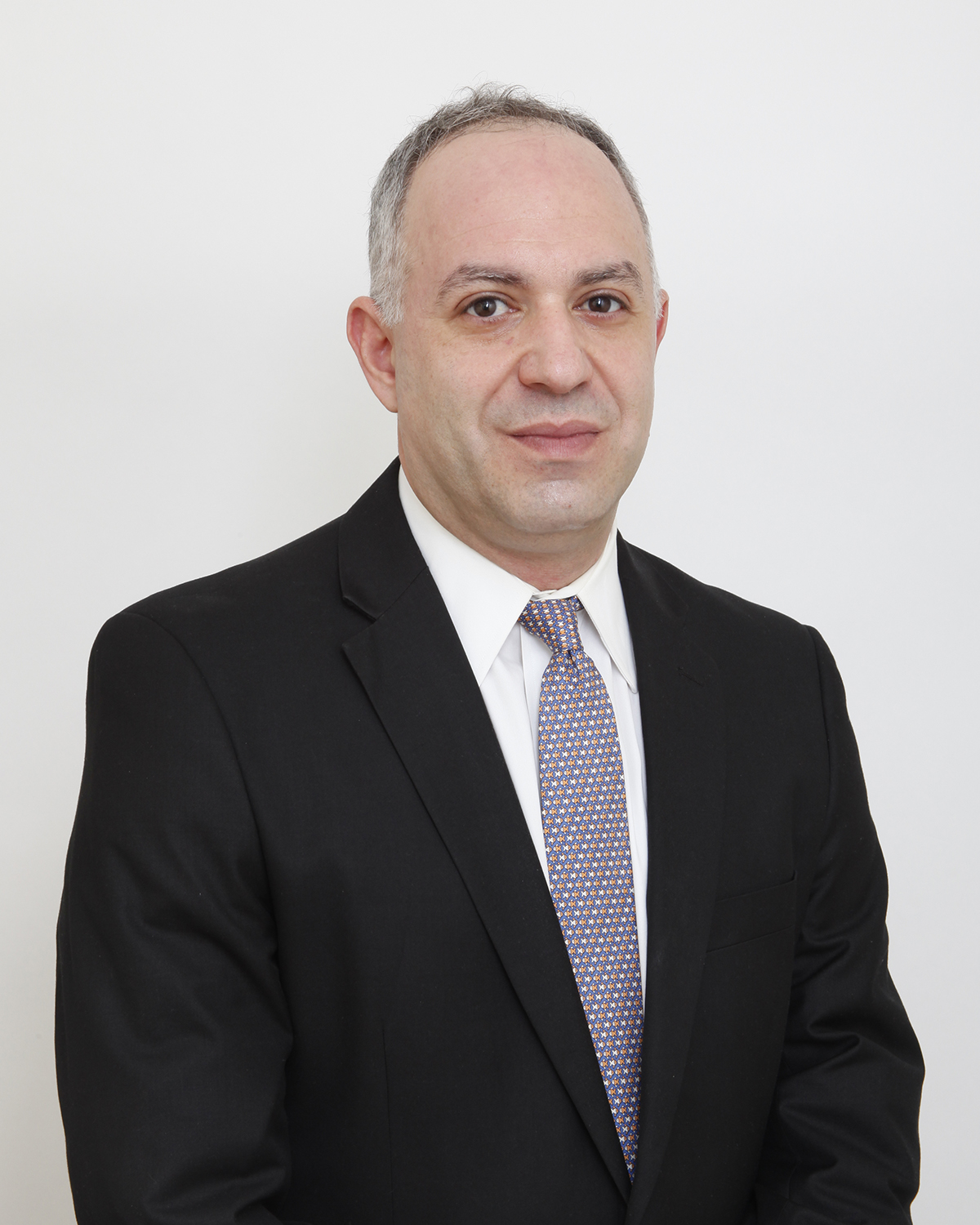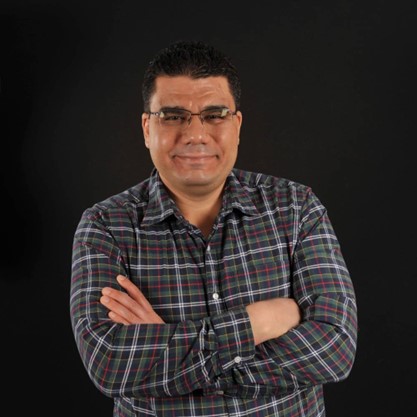Design Inputs - Design Outputs Traceability Matrix - Principles of Lean Documents and Lean Configuration
Design controls involve the translation of user requirements (aka Voice of the Customer) into specific technical requirements as design inputs. These design inputs then form the basis of the design specification, which becomes the design output. Since design controls requires tracing backwards and forwards in order to link the requirements to their satisfaction, a problem faced by many companies is in having to maintain duplicate information across many controlled documents. This repetition is a major source of inconsistencies and errors.In this webinar, we apply the Theory of Lean documents and its corollary Theory of Lean Configuration to present a fresh approach to these linked and cascading documents.
The objectives of the presentation are:
- Brief introduction to Lean Documents and Lean Configuration
- Quality System Regulation, 21 CFR Part 820, and ISO 13485 as these apply to design control documents
- Traceability Matrix
- Applying lean document and lean configuration principles to the above
- Bringing it all together
If you are constantly struggling to create, manage, and maintain all of the information found in Design Inputs, Design Outputs, and traceability matrices, all of which are often redundant, repetitive, and clustered together in an awkward manner, this webinar is something that will give you a different perspective and a very different approach that you can use.
If your design and manufacturing resources are spending too much time on documentation and not enough time on actual design and manufacturing you as a manager need to be looking for ways to simplify their work. This webinar presents a new approach yet is based on solid principles and proven practices.
Managers, Supervisors, Directors, and Vice-Presidents in the areas of:
- Manufacturing Engineering
- Design Assurance
- Quality Assurance
- Operations
- Document Control
Jose Mora is a Principal Consultant specializing in Manufacturing Engineering and Quality Systems. For over 30 years he has worked in the medical device and life sciences industry specializing in manufacturing, process development, tooling, and quality systems. Prior to working full time as a consulting partner for Atzari Consulting, José served as Director of Manufacturing Engineering at Boston Scientific and as Quality Systems Manager at Stryker Orthopedics, where he introduced process performance, problem solving, and quality system methodologies.
During that time he prepared a white paper on the application of lean manufacturing methods to the creation and management of controlled documents and a template for strategic deployment. Jose led the launch of manufacturing at a start-up urology products company as Director of Manufacturing for UroSurge, Inc. at the University of Iowa's business incubator park in Coralville, IA, creating a world-class medical device manufacturing operation, with JIT, kanban systems, visual workplace and lean manufacturing practices. José worked for 10 years at Cordis Corporation, now a Cardinal Health company, where he led the successful tooling, process development and qualification of Cordis' first PTA (percutaneous transluminal angioplasty) catheter. His medical device experience includes surgical instruments, PTA & PTCA dilatation and guiding catheters, plastic surgery implants and tissue expanders, urology implants and devices for the treatment of incontinence, delivery systems for brachytherapy, orthopaedic implants and instruments, and vascular surgery grafts and textiles.
During his time at Cordis, Jose managed the Maintenance and Facilities Department, taking that operation to a level rated as "tops" by the UK Department of Health and Social Services (DHSS) during one of their intensive audits. Jose managed Manufacturing Engineering as part of the Guiding Catheter Core Team of managers, a team that took the Cordis Guiding Catheter business to lead the market, bringing it up from fourth place. By introducing world-class techniques, the Guiding Catheter design and manufacturing was completely re-engineered for robust design and tooling, under Jose's leadership. He was also instrumental and played a leadership role in the complete re-engineering of the Tooling Control System, including design drafting, the tool shop and technical support. Wherever he has worked, he has a track record of introducing world-class methodologies such as Kepner-Tregoe, Taguchi techniques, Theory of Constraints, Lean Manufacturing, Five S (Visual Workplace), process validation to Global Harmonization Task Force standards, and similar approaches
Upcoming Webinars












































































